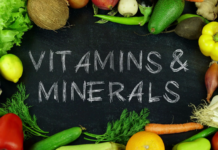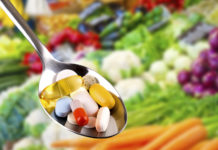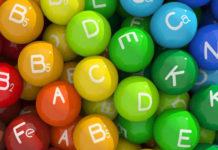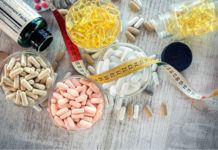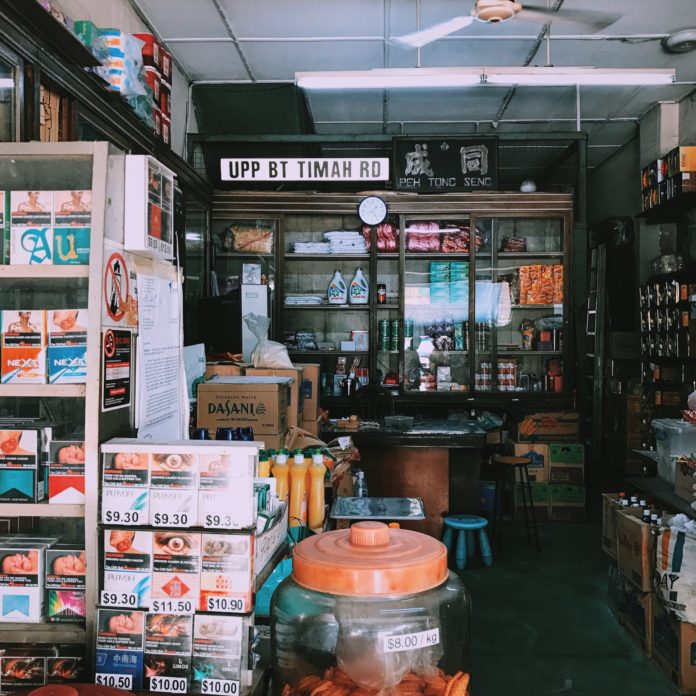Preservatives generally fall into one of three categories:
- Those used to prevent bacterial or fungal growth.
- Those that prevent oxidation (which can lead to discoloration or rancidity).
- And those that inhibit natural ripening of fruits and vegetables.
According to an article written for the FDA, “it’s almost impossible to eat food without preservatives added by manufacturers,” of course that is unless you eat exclusively fresh food that you cook yourself.
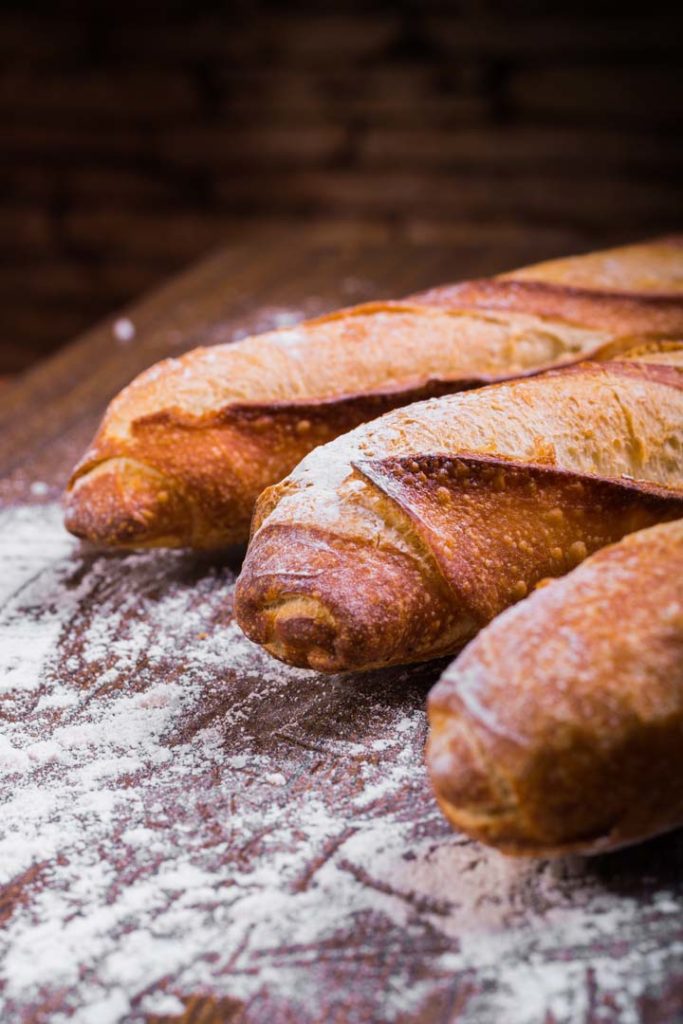
Some common preservatives in wide use are propionic acid, which prevents mold in bread; nitrates and nitrites, which prevent discoloration in meat; and benzoates (most commonly sodium benzoate), which are used primarily in acidic foods to prevent bacterial growth.
Flavorings
Flavorings are chemical formulations that mimic the flavors and smells of foods. Smell is just as important as taste to food processors, because most of a food’s flavor appeal to the human brain actually comes from its smell.
In fact, due to impurities that result from some production processes, natural flavors can actually be more hazardous than corresponding artificial ones. Food manufacturers often use natural flavors simply because the term “natural” is appealing to consumers.
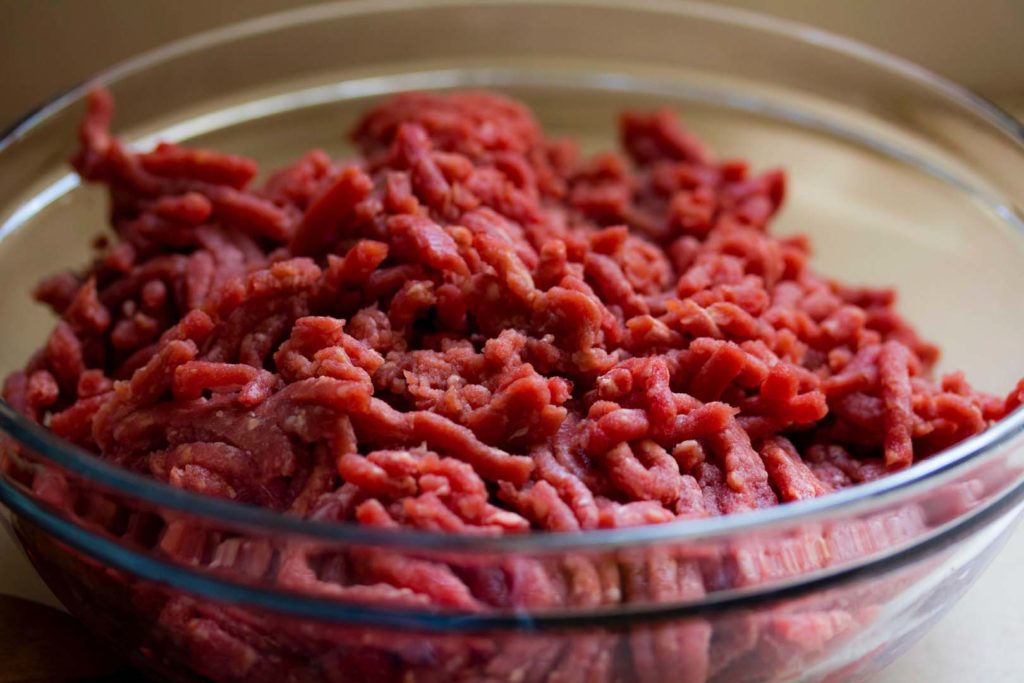
Common flavor additives such as sweeteners, fruit flavors, and butter or cheese flavors are found in both natural and artificial forms. The difference between the two depends on the source of the flavor and way it was derived.
Natural flavors are often produced using just as much chemical manipulation as that used to create artificial flavors, and in some cases, there is no real difference between a natural flavor and its artificial equivalent.
In fact, due to impurities that result from some production processes, natural flavors can actually be more hazardous than corresponding artificial ones. Food manufacturers often use natural flavors simply because the term “natural” is appealing to consumers.
Food flavoring is a huge business, which was valued at USD 13.31 Billion in 2018 and is expected to reach USD 19.72 Billion by year 2026. Although some flavorings are undoubtedly safe and useful, many are used to transform low-quality ingredients into something considered palatable.
Some food and color additives have induced allergic reactions, while others have been linked to cancer, asthma, and birth defects.
© Copyright – Hector Sectzer





